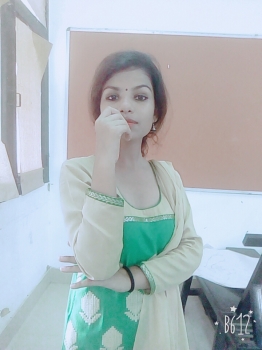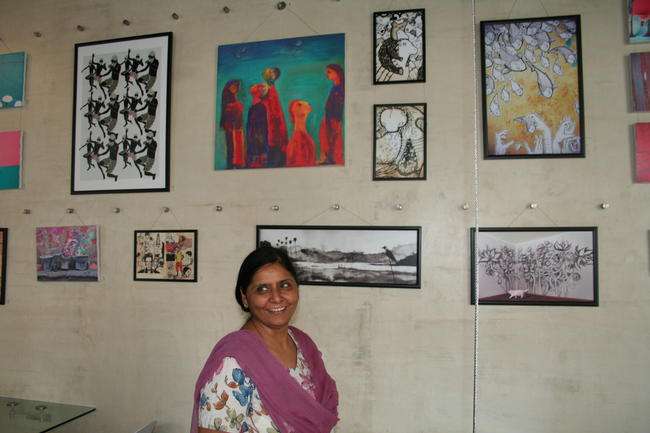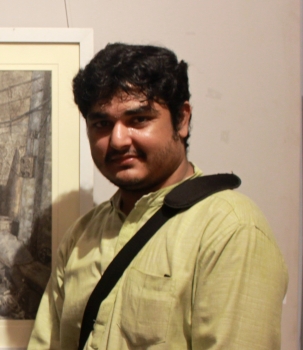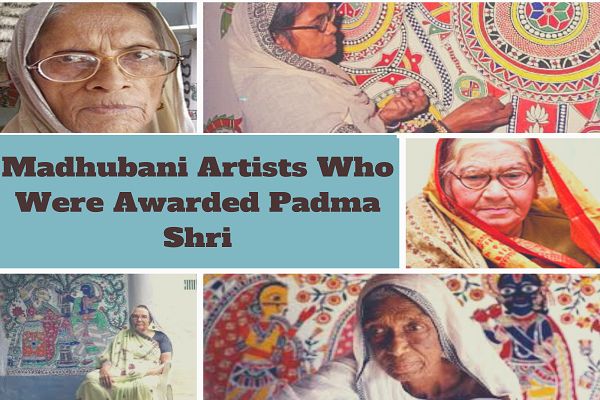
On the eve of this Republic Day, when Padma awards were announced, Godavari Dutta became the fourth Madhubani artist to bag one of the highest civilian awards in recognition of her distinguished contributions in preserving the traditional Indian art and taking it to the world stage.
Her 80-year long journey from the rural landscape of Bihar to winning Padma Shri was full of struggles and challenges!
“Art is in my genes. I had the privilege of nurturing it under one of the finest artists, my mother. While everyone believed that she was a natural, only I have seen the kind of hard work she put in. She would spend hours perfecting something as simple as a line. From her I learned to respect and preserve the art form,” says Godavari Dutta.
Hailing from Bahadurpur village, she lost her father at the tender age of 10. A victim of child marriage, she was later deserted by her husband.
Against all odds, she made sure that her life flourished through Madhubani and channelized all her energy in improvising the traditional art form.
She participated in cultural fairs and exhibitions across India. She visited Germany and several times to Japan for exhibitions in Kashiwazaki, Takatsuki, Kobe, Sendai, Osaka, and Tokyo to showcase her paintings as well.
Later, Dutta started teaching the art form, wherein she has taught more than 50,000 people in the last 35 years.
Today, 93-year-old Dutta is an internationally-acclaimed artist. Her artworks are displayed in Mithila Museum in Tokamachi in Japan.

Another pioneering Madhubani artist, Mahasundari Devi shed her purdah and picked up the brush to practice Madhubani art. She had expertise in sikki work, sujani craft and clay work in Madhubani art form.
She founded the cooperative ‘Mithila Hastashilp Kalakar Audyogki Sahyog Samiti’ to support the artists and worked relentlessly for the growth of this traditional art form.
Devi was awarded Padma Shri by the President of India in 2011 for her paramount contribution in promoting the Madhubani art form.
Madhubani artist Ganga Devi worked towards popularising the art.
Born in the Kayastha community, she practiced the Katchni style of Madhubani art from. She participated in various art festivals across the country to popularise the aesthetic.
Her work was officially recognized by the Government of India in 1984 and she was awarded the Padma Shri.
Sita Devi was a legendary Madhubani artist who bagged Padma Shri in 1981.
A native of Jitwarpur, she was among the first Mithila artists to transfer the traditional art form from the mudwalls of the home to paper and canvas.
She popularised the ‘bharni’ style of Mithila painting, wherein strong colors are used over fine lines, both in India and abroad wherein she exhibited her artwork in more than ten countries.
Her paintings are displayed among the permanent collections of the Victoria & Albert Museum in London, the Los Angeles County Museum of Art, the Philadelphia Museum of Art, the Musée du Quai Branly in Paris, the Mithila Museum in Japan.
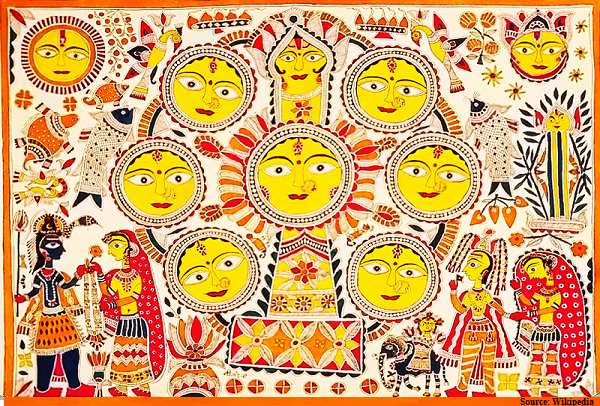
Devi’s richly colored paintings of Krishna, Radha, and other deities are well known. She also painted images of the World Trade Center, Arlington National Cemetery, facades of 19th-century buildings in New York City and many more.
Committed to the development of her village Jitwarpur, she also undertook a project of teaching Madhubani art to the villagers for social and financial empowerment.
Jagdamba Devi, a renowned Madhubani painting artist was the first to get Padma Shri in 1975.
Decorating mudwalls of the home with intricate geometrical and floral patterns in bright colors was her hobby which later on turned into a passion.
She propagated the Madhubani painting and is considered as the prominent artist who brought this art form into the limelight.
Wrap Up
Madhubani art is a 2500-year-old custom that finds its roots in the Ramayana, thereby also known as ‘Mithila art’. It is believed that King Janak asked an artist to paint Sita’s wedding with Ram.
Traditionally, used to decorate the walls and floors during auspicious events like weddings, festivals and religious ceremonies, Madhubani art has found a place in museums and studios across the world.
Though this art form has completely changed with the increased use of acrylic colors in place of natural dyes and is a part of mass production. It can be seen everywhere from saree, dupattas, Kurtis to various home decor items and furnishings.
Undoubtedly, these Indian artists have worked relentlessly with grit and determination for years to make this art popular!













